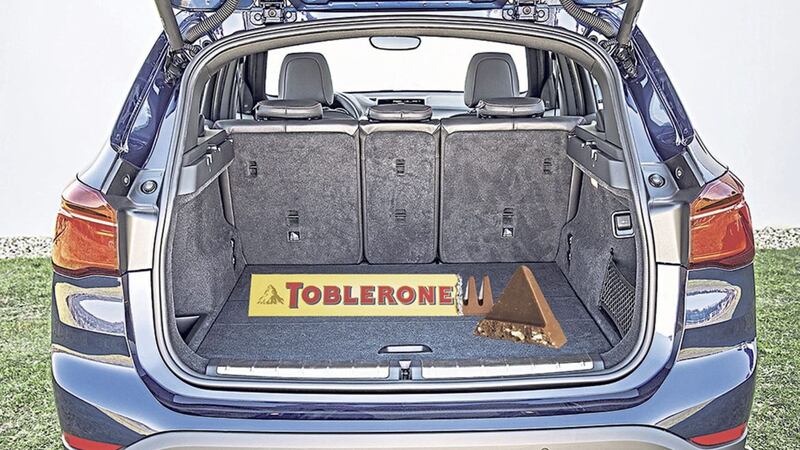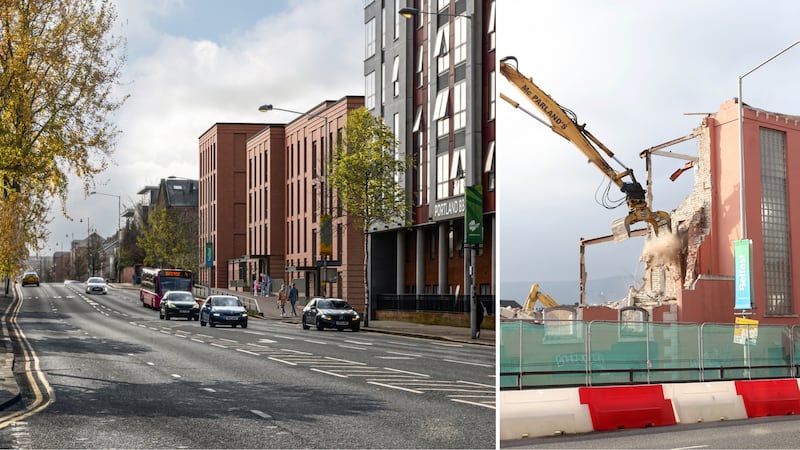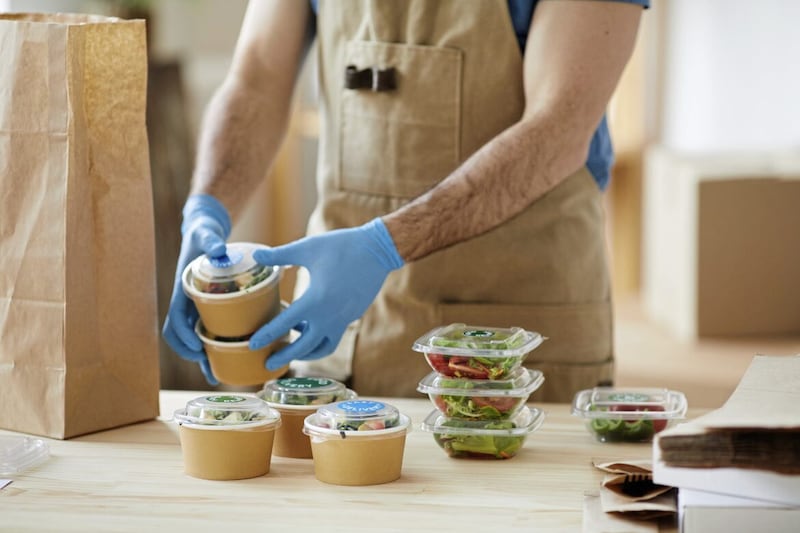WE’VE heard of the Crane Count, the Cappuccino Index, and even the Big Mac Index – each an alternative means of examining and predicting trends in the economy.
But analysing the local car park is perhaps an even more insightful way of understanding the various forces impacting on consumers, companies and economies, from geopolitics to the price of a barrel of oil and movements in the exchange rate.
In many respects, the car park is a microcosm of the economy, and having a look at what people use to get themselves from A to B can tell us more than economists’ spreadsheets and even Bank of England briefings.
Consumer spending accounts for roughly two-thirds of economic activity, and after a new house, purchasing a new car is the biggest expenditure item most people make. Therefore the overall volume of new cars sold is a good barometer of consumer confidence. Perhaps of more significance, however, are the types of car being purchased. Analysing the brand, size and model that people choose can help us get right under the bonnet of consumer behaviour.
Last year saw UK new car sales hit a fresh record high. Northern Ireland’s new car market fared less well. Sales have stalled for the last two years. In 2016 there were 57,324 new cars sold - this is still 11,000 fewer than 2007’s peak and on a par with the number sold back in 2000. Looking beneath the headlines, however, reveals there is no shortage of record highs. There are always winners and losers, irrespective of the economic environment.
It seems clear that innovative, efficient car firms that adapt to a changing environment and respond to what customers want are prospering – this is clearly something that firms in all sectors can learn from. Those that do not change and innovate. This has been all too evident within the new car industry over the last decade.
In marked contrast to the experience of supermarkets – where the discounters like Lidl and Aldi have been stealing market share from the likes of Tesco and Sainsbury - premium car brands have actually triumphed since the downturn. Indeed, in 2016 the premium car market had its best year since 2001 and notched up its fifth consecutive year of growth with a cumulative gain of 50 percent.
The latter was more than twice the growth rate for the market as a whole. Premium car sales in Northern Ireland are at a record high, and 12 per cent above the sales reported for 2007. Audi, Mercedes-Benz, Volvo and Land Rover all posted record sales figures last year. Meanwhile, Porsche, BMW, Jaguar and Lexus all reported multi-year highs. The premium brands have more than doubled their market share over the last 16 years from one in every 13 cars sold to almost one in every five.
In a flat market, the premium brands’ gain has been at the expense of most of the non-premium brands. Non-premium brands have collectively seen their sales volumes fall by four percent in the last two years, and in 2016 were over one-fifth below their 2007 level. There were some notable exceptions though, with Kia, Hyundai and Skoda all recording their best sales figures on record in 2016. Conversely, last year was the worst year for Vauxhall and Peugeot new car sales in Northern Ireland since at least 1999. Sales of new Citroen, Peugeot, Renault and Vauxhall have broadly halved since 2007.
You could be forgiven for thinking that the surge in premium brands means that the Northern Ireland consumer was positively buoyant. But, as ever, it is more complicated than that. Part of the answer is of course the ‘consumer sweet spot’ that has been in effect in recent years, with low inflation, low interest rates, and wage rises. But premium brands have also tended to respond positively to the economic environment and to what consumers want – in recent years, this has been SUVs.
This process of responding to consumer needs has seen ‘shrinkflation’ enter the car park. We have also seen it with chocolate bars – smaller Mars and Snickers for the same price, and Toblerone with less triangles – and with the likes of fish fingers, with fewer items in the box. Manufacturers faced with rising costs often choose to shrink the size or quantity of a product rather than increase the price, in order not to deter consumption. This has been very evident in the car market, particularly with SUVs. The gas guzzling ‘Chelsea Tractor’ such as the BMW X5 and Audi Q5 now have smaller versions in the Q2/Q3 and X1/X3. Manufacturers responded to the ‘cost of living crisis’ by producing very small, lower cost vehicles. Meanwhile some manufacturers (eg Renault) have introduced new discount brands (eg Dacia).
Premium brands, particularly Audi, BMW and Mercedes have maintained brand loyalty by offering a very wide range of similar SUV products but in different sizes to match consumers’ budgets. For example, BMW’s growth in recent years has been concentrated in the smaller models (1 and 2 series and X1s, & X3s). These now account for close to 40 per cent of BMW’s sales in Northern Ireland, and these were models that didn’t exist 10 years ago. So we know that Northern Ireland consumers remain brand conscious, but perhaps aren’t having to stretch themselves as much to buy that BMW or Audi.
Meanwhile, Renault sales hit a six-year high in 2016 due to its SUV, the Renault Kadjar, which accounted for almost one third of Renault sales. Renault sales had been falling until it final introduced an SUV – belatedly giving consumers what they want.
The fate of micro cars, such as the Peugeot 107/108, and the Nissan Micra, tells us much about the consumer and economic environment in Northern Ireland over the past few years. This category saw a surge in demand during the ‘cost of living crisis’ (2010-2014), with sales of these cars up 25 per cent year-on-year in 2014. In the two years that have followed, consumers have found themselves in a sweet spot with falling food, fuel and energy bills. Not surprisingly demand for these vehicles has fallen back in this period - down a quarter since 2014, and down 19 per cent last year alone.
Looking ahead, there are economic and political factors that will shape the make-up of our local car parks in the next few years – not least Brexit and the election of Donald Trump, with the potential for changes in tariffs to impact on prices and therefore consumer behaviour.
The fact that the consumer sweet spot has started to turn sour with rising inflation, a benefits freeze in place to 2020, and a new cost of living crisis in train, may also see the return of the micro car and the ongoing rise of the micro SUV. Likewise, rising fuel prices will likely see gas guzzlers like the so-called Chelsea Tractors fall out of favour.
What won’t change, however, will be that there will continue to be markets within markets, and whatever the economic conditions, those companies that respond well to consumer behaviour and needs, will continue to thrive.
:: Richard Ramsey is Northern Ireland chief economist at Ulster Bank. Follow him on Twitter at @Ramseconomics
:: Next week: Paul McErlean







